Table of content
Zongzi, the iconic pyramid-shaped dumpling wrapped in bamboo leaves, is a culinary symbol of China’s Dragon Boat Festival, celebrated annually with familial fervor and gastronomic precision. At the heart of this beloved dish lies jiangmi (glutinous rice), a starchy grain that undergoes a transformative process before being steamed or boiled into its signature sticky, aromatic form. Central to achieving the perfect zongzi texture is the often-debated question: How long should glutinous rice be soaked before wrapping? This article delves into the science, culture, and practical techniques behind soaking glutinous rice for zongzi, ensuring both tradition and taste are preserved.
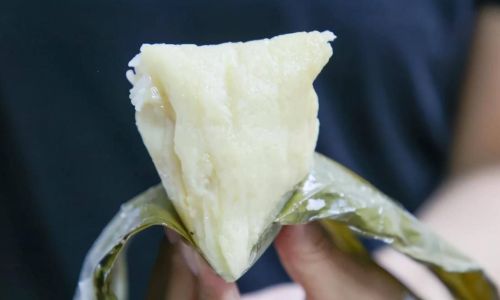
The Role of Soaking in Zongzi Preparation
Glutinous rice, scientifically known as Oryza sativa var. glutinosa, differs from regular long-grain rice due to its high amylopectin content, a starch molecule that contributes to its characteristic stickiness when cooked. However, raw glutinous rice grains are hard and brittle, with a protective outer layer that resists moisture absorption. Soaking serves a dual purpose: it hydrates the grains, softening their texture, and initiates the gelatinization process, where starch molecules begin to swell and break down. This preliminary step is non-negotiable for zongzi, as it ensures the rice cooks evenly, adheres properly to fillings, and achieves the coveted “glue-like” consistency that binds the dumpling together.
Factors Influencing Soaking Time
The ideal soaking duration for glutinous rice is not a one-size-fits-all answer. It hinges on several variables, including rice quality, water temperature, and desired texture. Here’s a breakdown of the key considerations:
Rice Quality and Age
Freshly harvested glutinous rice requires less soaking compared to older stocks. Over time, rice grains lose moisture, becoming drier and harder. If using aged rice, extend the soaking time by 1–2 hours to compensate for its reduced hydration capacity.
Water Temperature
Soaking in cold water (room temperature) is the traditional method, favored for preserving the rice’s natural flavor and preventing premature starch release. However, warm water (around 40°C/104°F) can accelerate hydration, cutting soaking time by up to 30%. Avoid hot water, as it may over-gelatinize the starch, leading to gummy rice.
Desired Texture
- Al Dente Zongzi: For a slightly chewy texture, soak for 4–5 hours.
- Soft and Tender: Ideal for fillings like red bean paste or salted egg yolk, soak for 6–8 hours.
- Extra-Soft Consistency: Perfect for savory meat-filled zongzi, soak overnight (8–12 hours).
Step-by-Step Soaking Guide
- Rinse the Rice: Place the glutinous rice in a large bowl and cover with cold water. Gently agitate the grains with your hands to remove excess starch. Drain and repeat 2–3 times until the water runs clear.
- Hydrate with Precision:
- For 4–5 hours of soaking, use a 1:1.2 rice-to-water ratio.
- For 6–8 hours, increase to 1:1.5.
- Overnight soaking requires a 1:2 ratio to prevent dehydration.
- Monitor Ambient Conditions: In dry climates, cover the bowl with a damp cloth to retain moisture. In humid regions, avoid over-soaking to prevent fermentation.
- Test for Readiness: Crush a grain between your fingertips. If it smashes easily but retains a slight core, it’s ready. Over-soaked rice will feel mushy and hollow.
The Science Behind Soaking Duration
Starch gelatinization, the process that thickens sauces and softens grains, begins at 55–65°C (131–149°F). Soaking rice below this temperature range primes the starch molecules for gelatinization during cooking. Shorter soaks result in partially hydrated starch, yielding a firmer texture, while longer soaks fully saturate the grains, ensuring uniform cooking. However, exceeding 12 hours of soaking can lead to bacterial growth, especially in warm environments, compromising both safety and flavor.
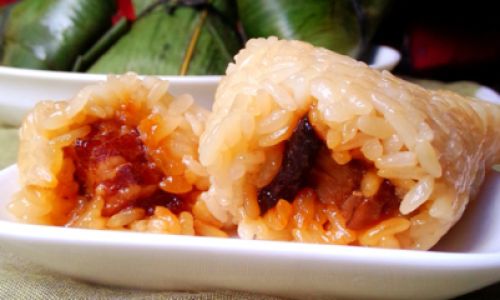
Regional Variations and Cultural Preferences
Zongzi recipes vary widely across China, and soaking times often reflect local tastes:
- Southern China: In regions like Guangdong, where zongzi are larger and filled with savory meats, overnight soaking is common to achieve a luxuriously soft texture that complements rich fillings.
- Northern China: In Beijing-style zongzi, a 6-hour soak suffices, as the dumplings are typically smaller and sweeter, with fillings like jujube or sweet bean paste.
- Southeast Asian Adaptations: In countries like Malaysia and Singapore, where Hokkien-style zongzi (bak chang) are popular, a 4-hour soak in warm water is preferred to balance the rice’s stickiness with the bold flavors of marinated pork.
Common Mistakes and How to Avoid Them
- Insufficient Soaking: Leads to undercooked, crunchy rice. Always err on the side of longer soaking if unsure.
- Over-Soaking: Results in mushy rice that falls apart during cooking. Use a timer and adhere to recommended durations.
- Ignoring Water Quality: Hard water (high in minerals) can toughen rice grains. Use filtered or bottled water for consistent results.
- Skipping Rinsing: Excess starch from unwashed rice can make zongzi overly gummy. Rinse until water is clear.
Advanced Tips for Perfect Zongzi Rice
- Add Aromatics: Soak rice in water infused with pandan leaves, star anise, or cinnamon sticks for subtle flavor.
- Adjust for Altitude: At high elevations, where water boils at lower temperatures, extend soaking by 1–2 hours to compensate for slower cooking.
- Freeze for Convenience: Soak and drain rice, then freeze in portions. Thaw before wrapping to save time without sacrificing texture.
The Debate: To Salt or Not to Salt?
Some chefs advocate adding a pinch of salt to the soaking water to enhance flavor, while others argue that salt draws out moisture prematurely. Test both methods:
- Salt Method: Dissolve 1/2 tsp salt per 2 cups rice in soaking water.
- Unsalted Method: Add salt directly to the rice during filling assembly.
Conclusion: Balancing Tradition and Innovation
The soaking time for glutinous rice in zongzi is a microcosm of Chinese culinary philosophy—a harmonious blend of precision and intuition. While science provides guidelines, the perfect zongzi ultimately depends on the cook’s understanding of ingredients, environment, and taste preferences. Whether you opt for a 4-hour quick-soak or an overnight marination, the goal remains the same: to honor a centuries-old tradition while creating a dish that delights the senses. So, the next time you tie a bundle of bamboo leaves, remember that patience and attention to detail are the true secret ingredients to zongzi perfection.
Final Word: Experiment, taste, and adapt. After all, even the most time-honored recipes began with a single act of culinary curiosity.

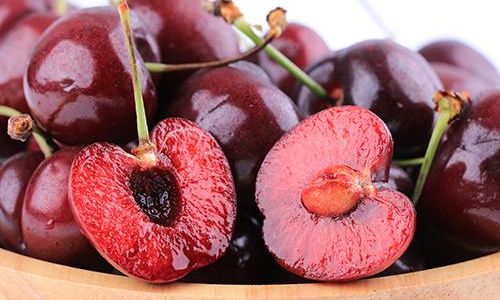

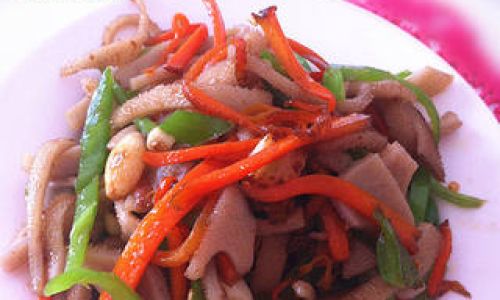
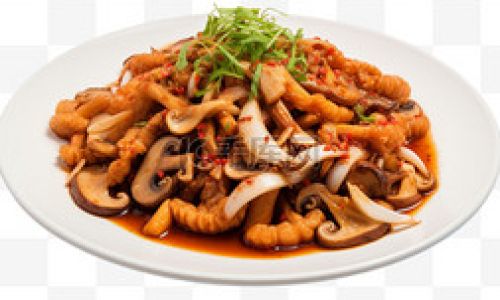
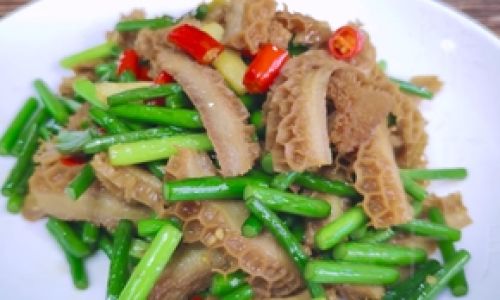
0 comments